 Home
Gallery
Contact
Events & Projects
Projects: 2019 On
Film & TV
Archive & Links
Home
Gallery
Contact
Events & Projects
Projects: 2019 On
Film & TV
Archive & Links
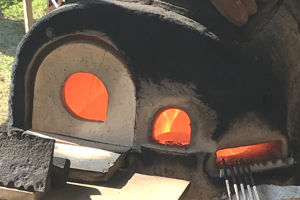
 Home
Gallery
Contact
Events & Projects
Projects: 2019 On
Film & TV
Archive & Links
Home
Gallery
Contact
Events & Projects
Projects: 2019 On
Film & TV
Archive & Links
|

|
2019 IFoG Furnace and Lehr at Stourbridge - Furnace and Lehr Disassembly at Stourbridge
Projects: 2019 Onwards
Daub Creation
Furnace Build
Lehr Build
Furnace Disassembly & Reassembly
Testing Furnace for Size
Lehr Disassembly & Reassembly
Collars, etc.
Assembly at Stourbridge
Glassblowing at Stourbridge
Disassembly at Stourbridge

|

|
|
Before Disassembly (Stourbridge)
This series of photos shows the furnace and lehr in their final states on Tuesday morning, just before disassembly. Also visible is a broken pot. This breakage was our most spectacular one during the week and resulted in a large pool of purple glass on the floor of the furnace firing chamber (see photos near the bottom of the page). Photographs in this section are © Steve Wagstaff |
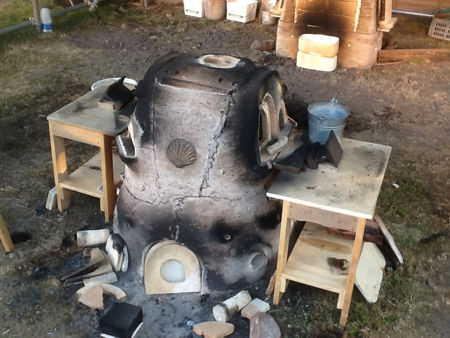
|
|
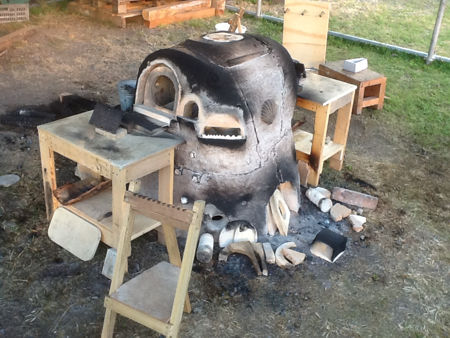
|
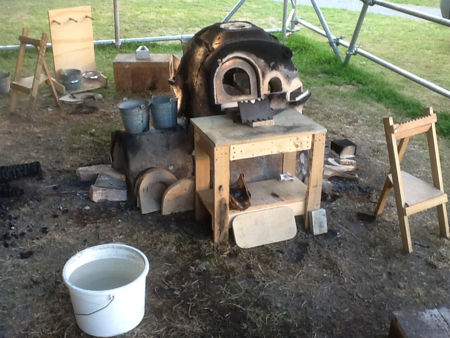
|
|
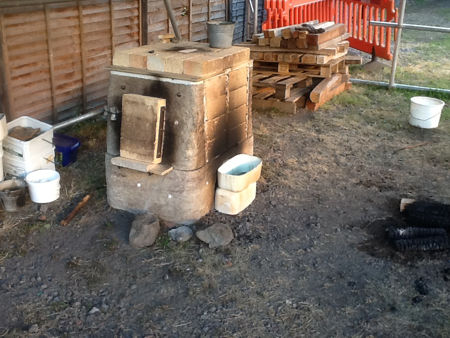
|
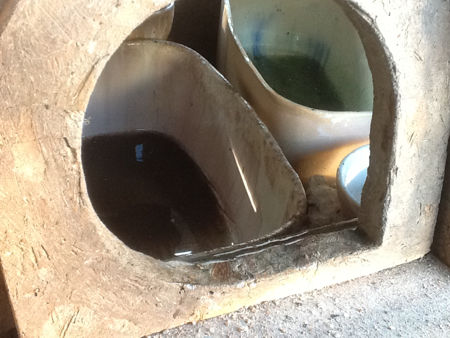
|
|
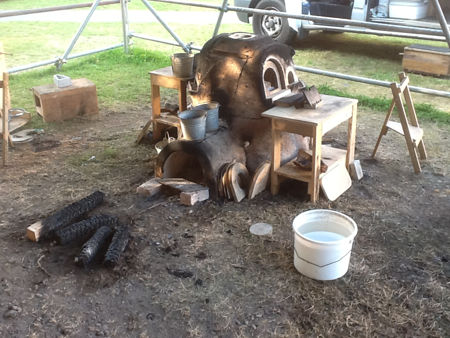
|
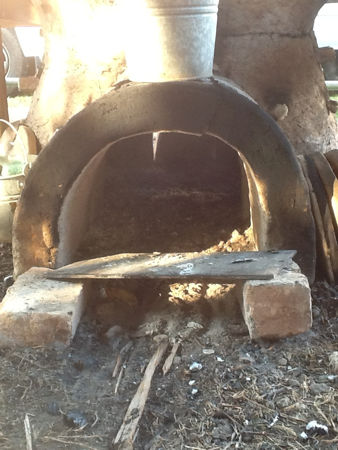
|
|
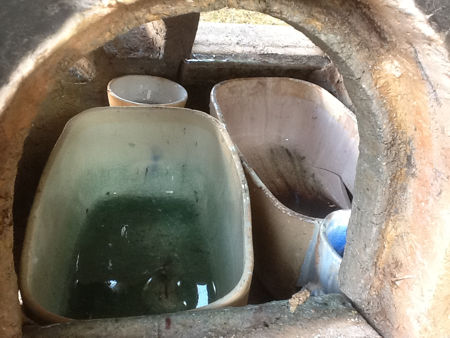
|
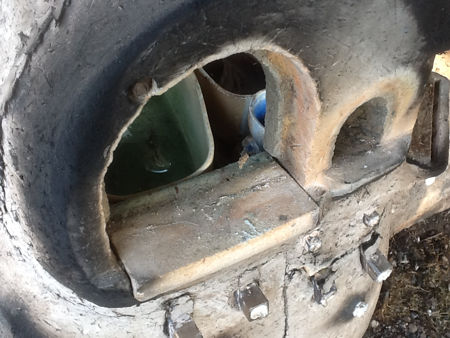
|
|
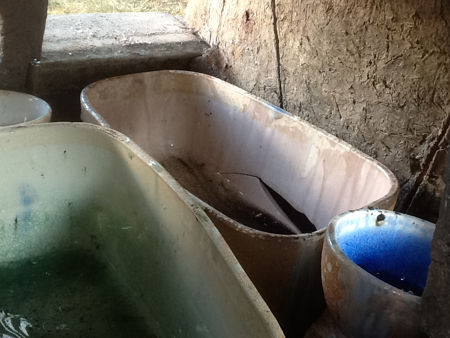
|
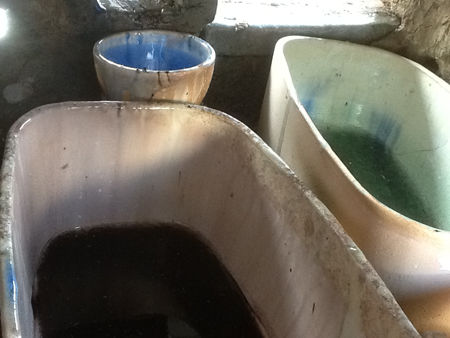
|
|
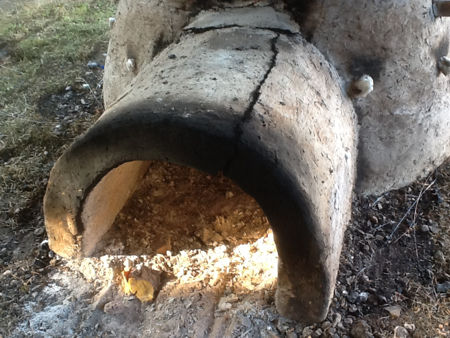
|
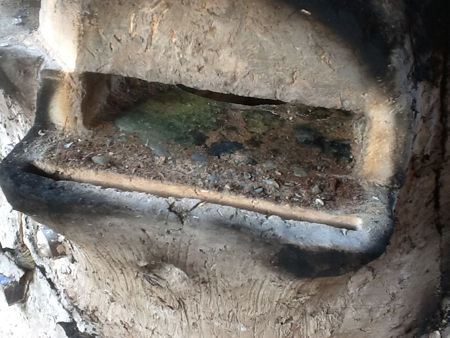
|
|
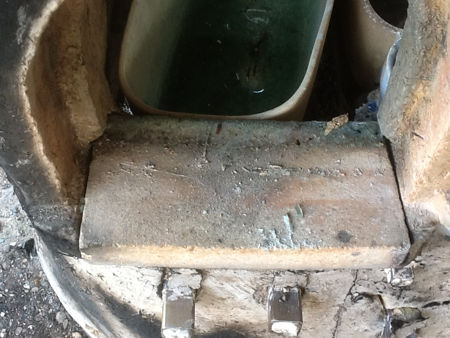
|
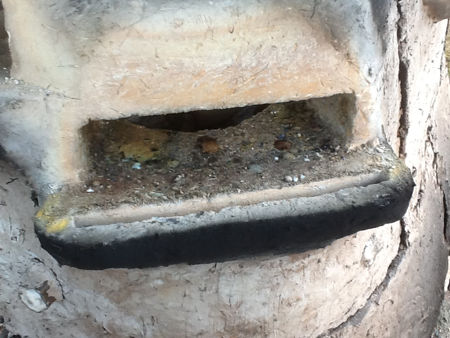
|
|
Furnace Disassembly (Stourbridge)
On Tuesday morning - a full week after the first firing, Steve and Mark dismantled both structures and transported them back to Quarley, where they were put into storage. All of the stainless steel support rods had suffered badly; both bending and oxidising, but the main furnace structure had survived well. Several cracks had appeared in the furnace top section – around the gathering holes where they were weak and this was to be expected. This resulted in one section breaking into three pieces. The stoke hole tunnel also broke, but only into two pieces. The roof had survived intact, helped by the addition of the ceramic fibre blanket, but all of the furnace sections had to be handled carefully as they had become brittle due to the partial vitrification of the walls and the burning out of the hay. The surface of the firing chamber had become slightly concave due to raking and ash removal, and the purple glass that had spilled from the broken pot on the last day of firing (see photos above) had formed a large slab about 5cm thick at its thickest point. |
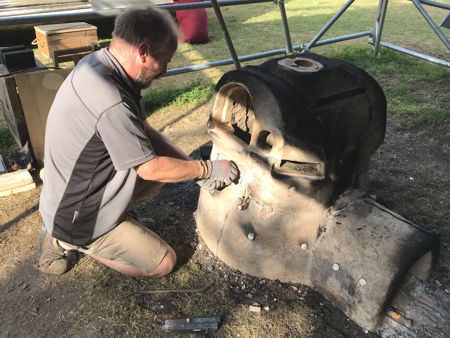
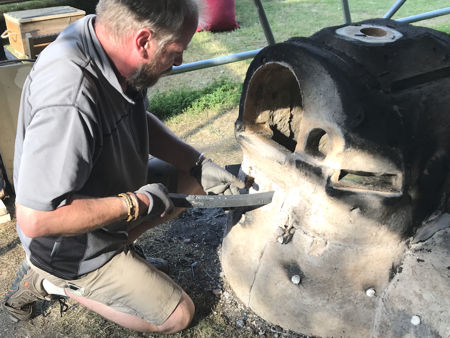
|
|
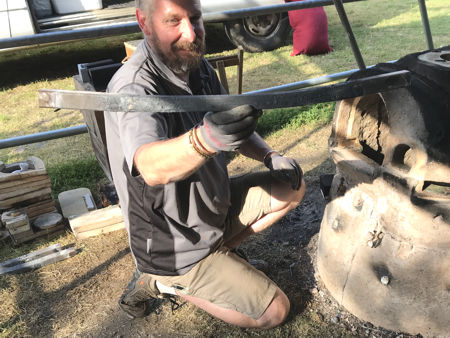
|
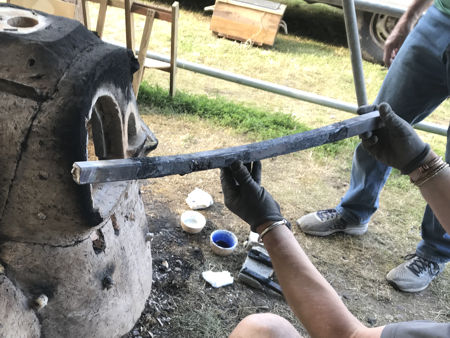
|
|
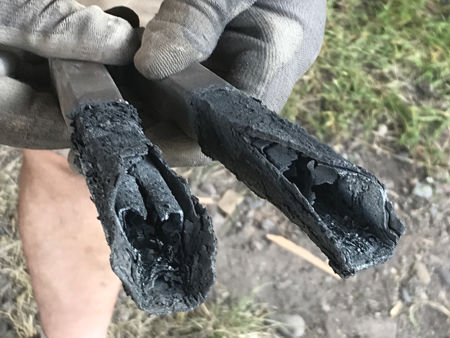
|
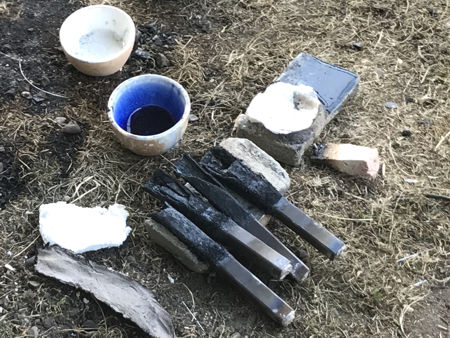
|
|
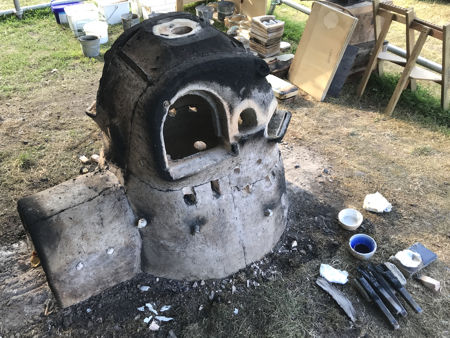
|
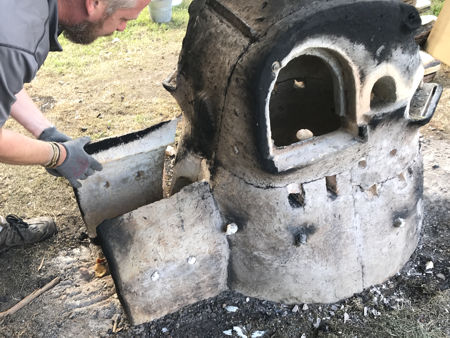
|
|
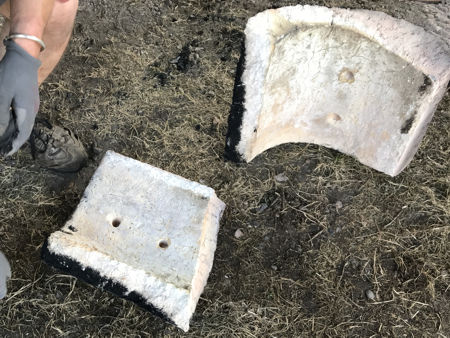
|
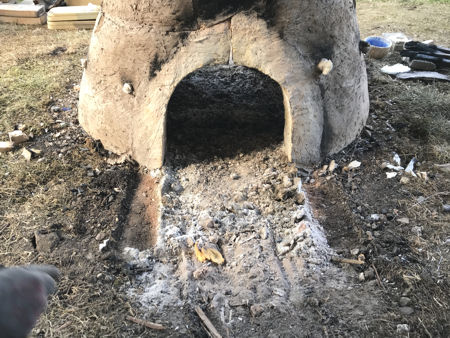
|
|
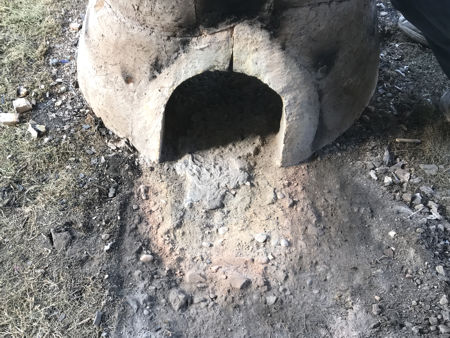
|
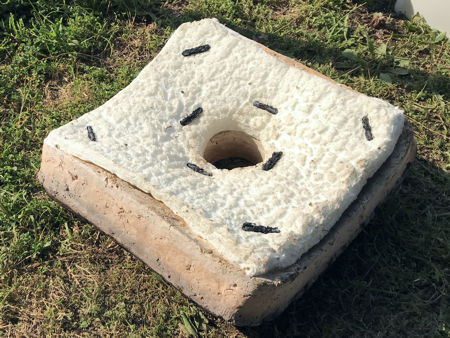
|
|
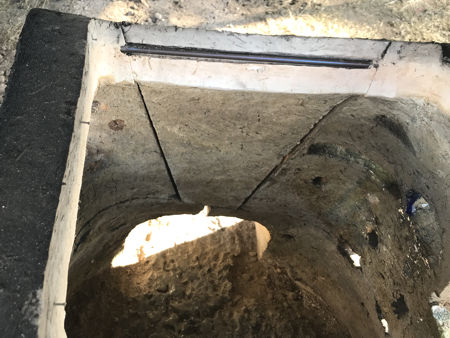
|
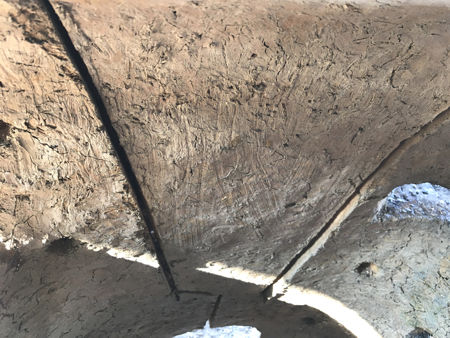
|
|
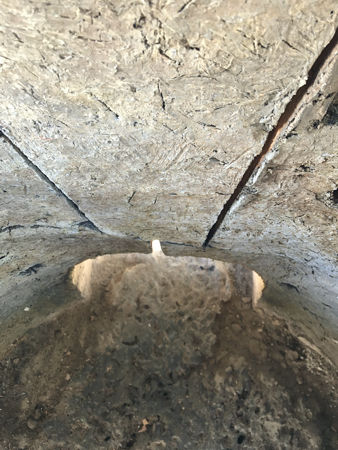
|
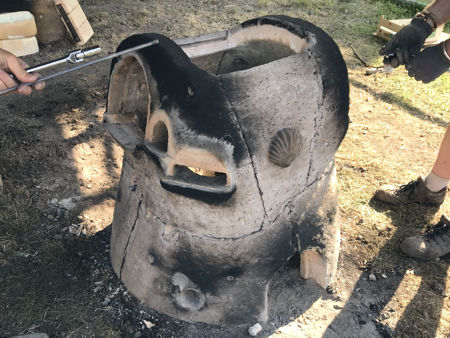
|
|
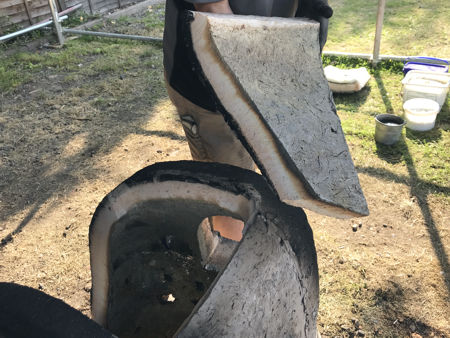
|
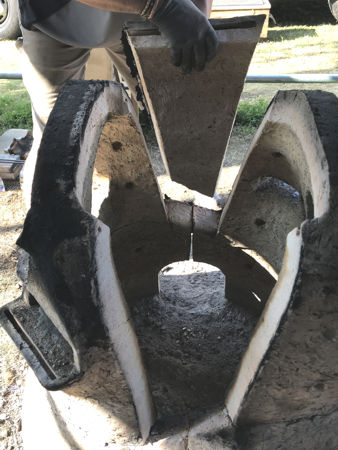
|
|
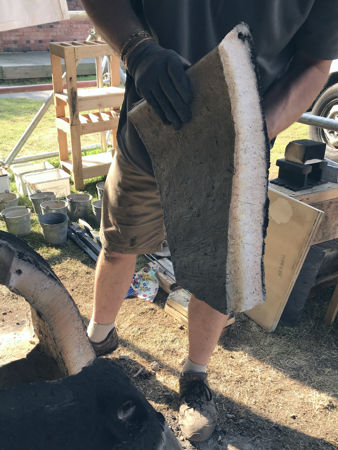
|
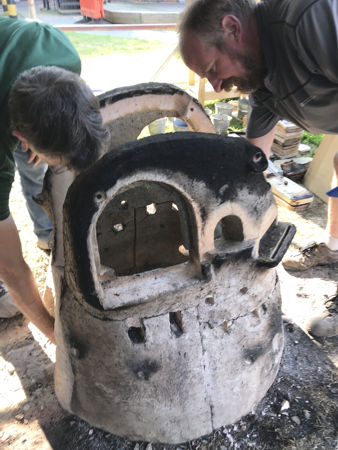
|
|
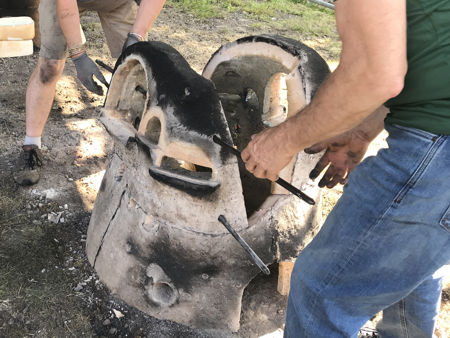
|
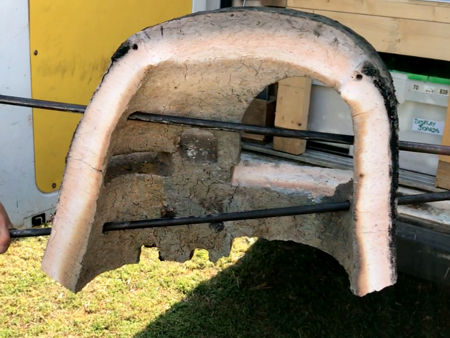
|
|
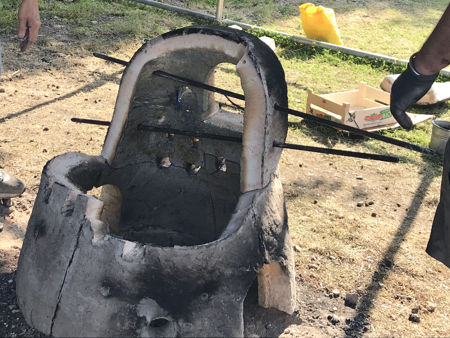
|
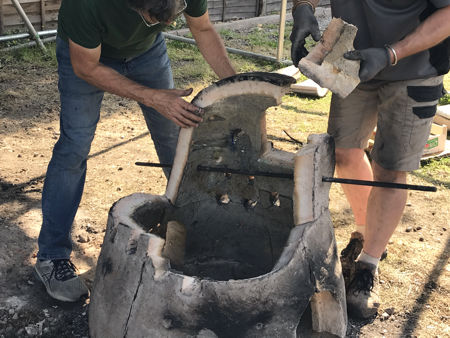
|
|
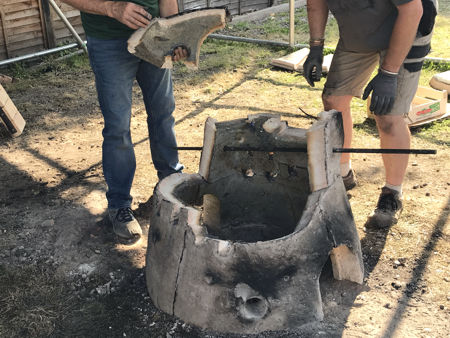
|
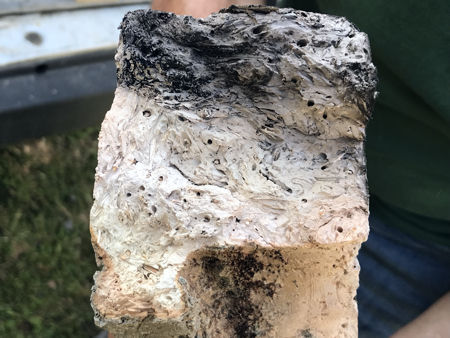
|
|
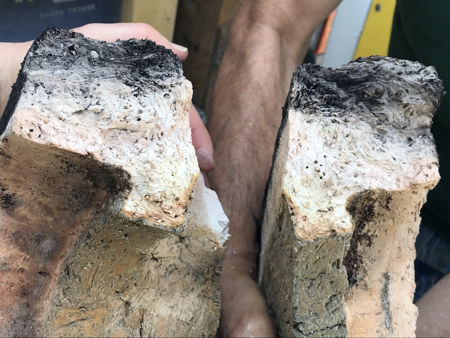
|
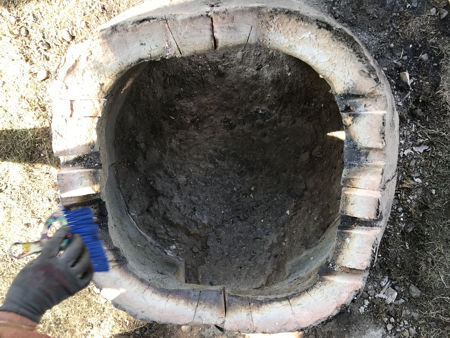
|
|
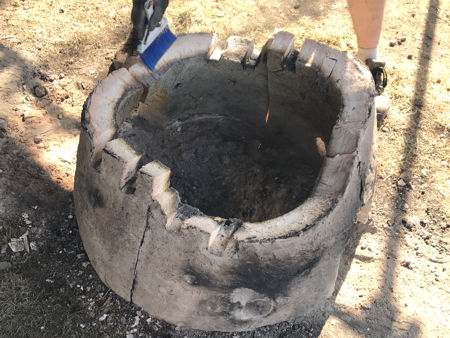
|
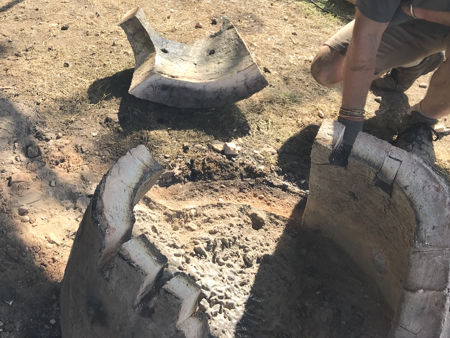
|
|
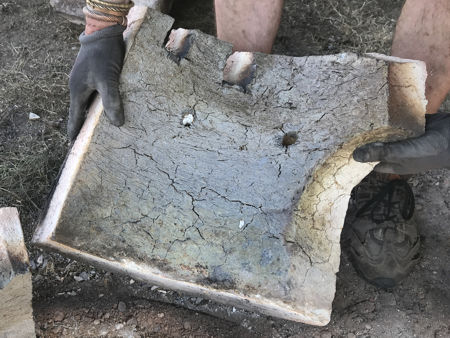
|
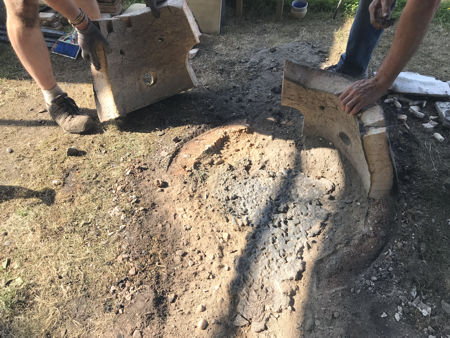
|
|
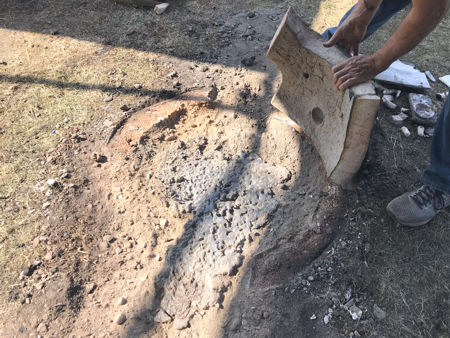
|
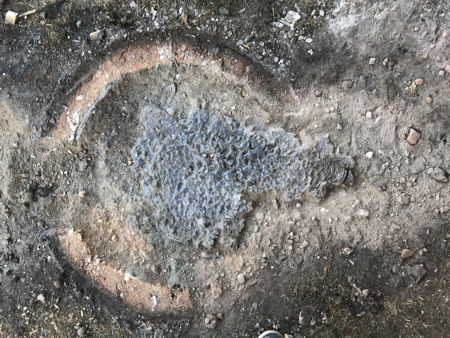
|
|
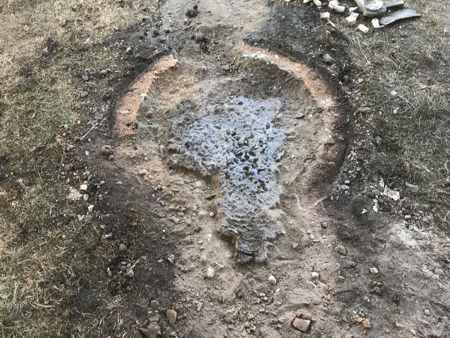
|
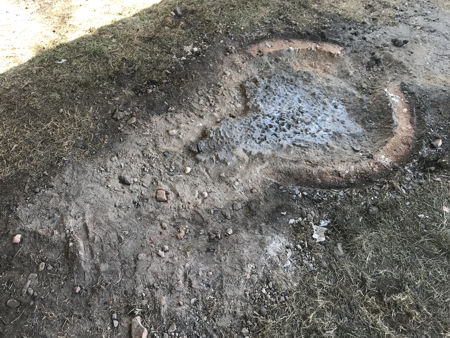
|
|
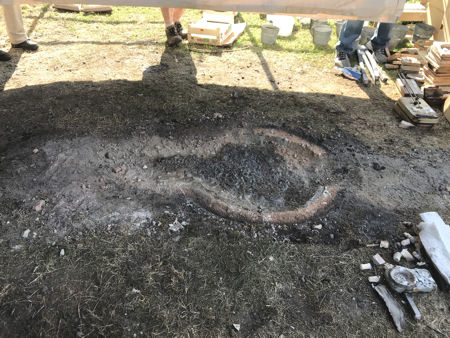
|
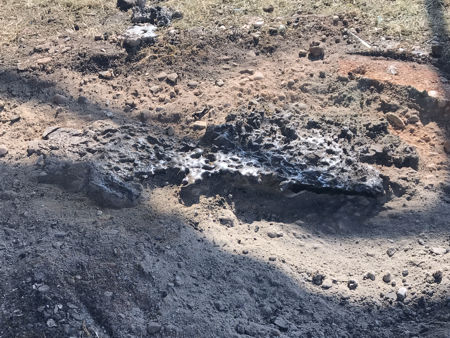
|
Following our experience of working with this furnace, and during its disassembly, several points came to light, which we will address when reassembling it at Quarley. Some of these points are raised on the 'Blowing Glass' section of this page. See this page for a discussion of these points in detail.
|
Lehr Disassembly (Stourbridge)
The lehr came apart very easily and quickly, and the only real damage was to the end walls, both of which had split in half (this can be seen on one of the photos below). The firing chamber had been exposed to much less heat than had the furnace walls. This meant that not all of the hay had burnt out and the walls retained much of their original structure and strength. |
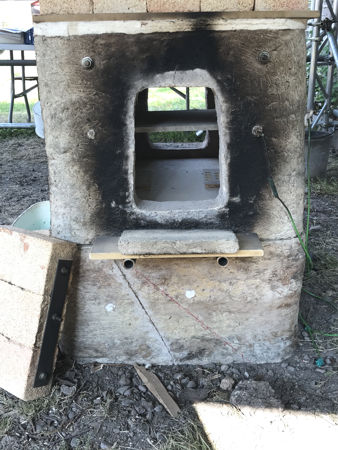
|
|
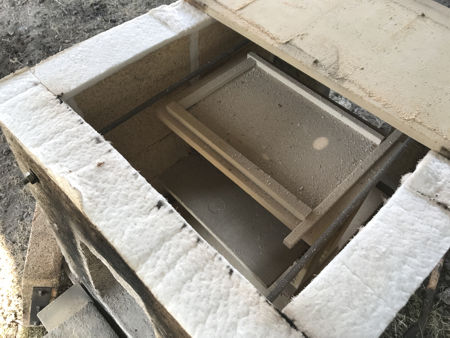
|
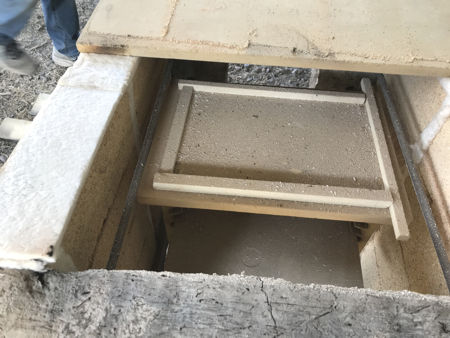
|
|
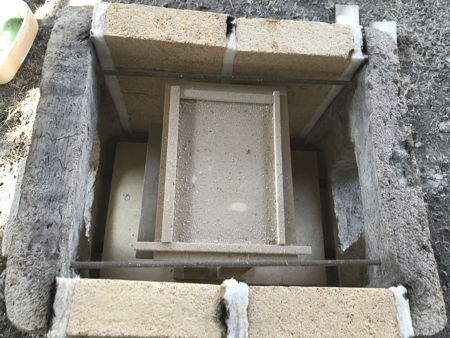
|
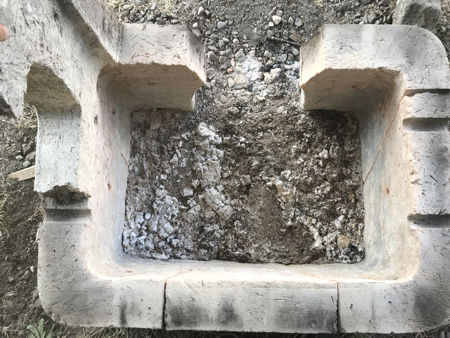
|
|
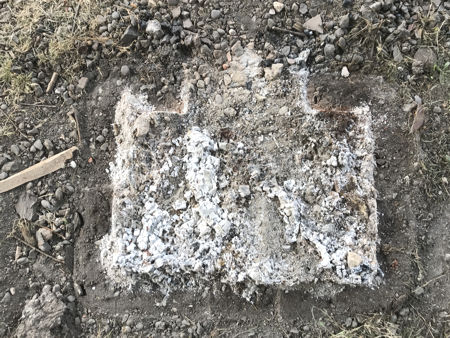
|
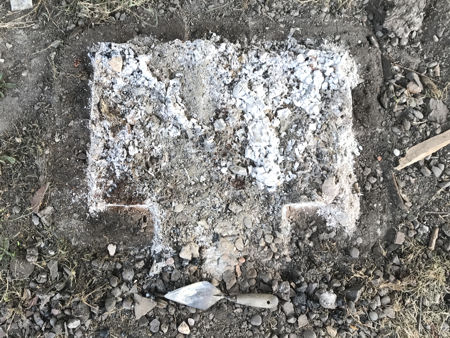
|
Home Gallery Contact Events & Projects Projects: 2019 Onwards Film & TV Archive & Links